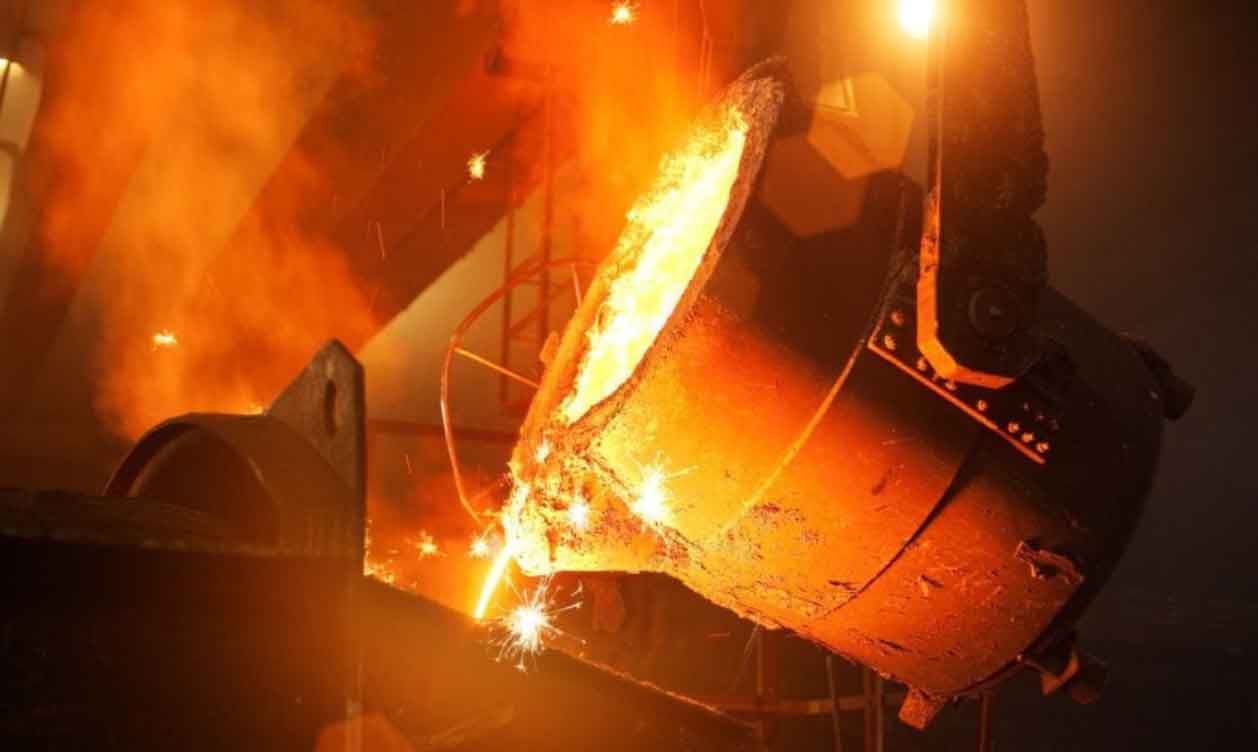
Steel casting is a versatile manufacturing process that unlocks the exceptional strength, durability, and performance of metal components. By utilizing the steel casting technique, manufacturers can create complex shapes, precise dimensions, and high-quality parts that meet stringent engineering requirements. Let’s delve into the key aspects of steel casting and its advantages in producing robust metal components.
1. Process Overview:
Steel casting involves the formation of metal components by pouring molten steel into a pre-designed mold and allowing it to solidify. The mold is typically made of refractory materials, such as sand or ceramic, and can be created using various methods like sand casting, investment casting, or shell molding. The molten steel fills the mold cavity, taking the shape of the desired part, and solidifies to form the final component.
2. Strength and Durability:
Steel is renowned for its exceptional strength and durability, making it a preferred choice for critical applications in industries such as automotive, aerospace, energy, construction, and more. Steel castings provide superior mechanical properties, including high tensile strength, toughness, and resistance to wear, corrosion, and heat. This enables the production of components that can withstand demanding operating conditions and environments.
3. Design Flexibility:
Steel casting offers significant design flexibility, allowing the creation of complex shapes, intricate details, and precise dimensions. The mold used in the casting process can be designed to accommodate internal features, undercuts, thin walls, and intricate geometries that are challenging to achieve through other manufacturing methods. This versatility in design enables engineers to optimize component performance and functionality.
4. Wide Range of Component Sizes:
Steel casting is capable of producing metal components of various sizes, ranging from small intricate parts to large and heavy-duty structures. The process is well-suited for manufacturing both small precision components, such as engine valves or turbine blades, as well as large-scale components like industrial machinery parts or offshore platform equipment. This versatility makes steel casting applicable across diverse industries.
5. Material Variety:
Steel casting allows for the use of a wide range of steel alloys, each with its specific properties and characteristics. Manufacturers can select the most suitable steel grade based on the desired mechanical properties, corrosion resistance, heat resistance, or other performance requirements of the component. The ability to choose from different steel alloys enables engineers to tailor the material to meet the specific application needs.
6. Cost-Effectiveness:
Steel casting offers cost-effective solutions for producing high-quality metal components. The process allows for the efficient use of materials since excess material can be recycled or reused. It also reduces the need for extensive machining operations, as the components can be cast close to the final shape, minimizing material waste and machining costs. Additionally, steel castings have a long service life, reducing the need for frequent replacements and maintenance.
7. Consistency and Reproducibility:
Steel casting ensures consistent and reproducible production of metal components. By following proper casting practices, manufacturers can achieve consistent mechanical properties, dimensional accuracy, and surface finish across multiple castings. This uniformity is essential, especially for industries requiring a high degree of consistency, such as automotive or aerospace, where component performance and safety are critical.
8. Integration with Other Processes:
Steel casting can be seamlessly integrated with other manufacturing processes to further enhance component functionality and performance. After casting, additional processes like heat treatment, machining, surface finishing, and assembly can be applied to refine the components and meet specific requirements. This flexibility allows for the production of fully finished, ready-to-use components.
Steel casting unlocks the strength, durability, and performance of metal components across a wide range of industries. Its inherent strength, design flexibility, material variety, cost-effectiveness, and ability to produce components of varying sizes make it a preferred choice for demanding applications. Whether it’s for automotive parts, aerospace components, machinery, or structural elements, steel casting offers a reliable and efficient method to create robust and reliable metal components.
